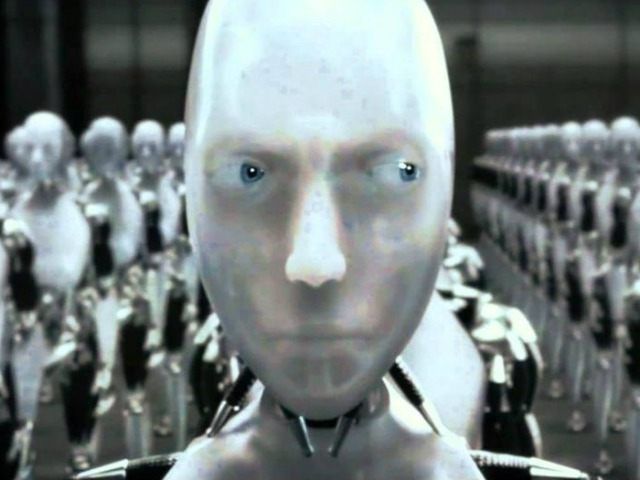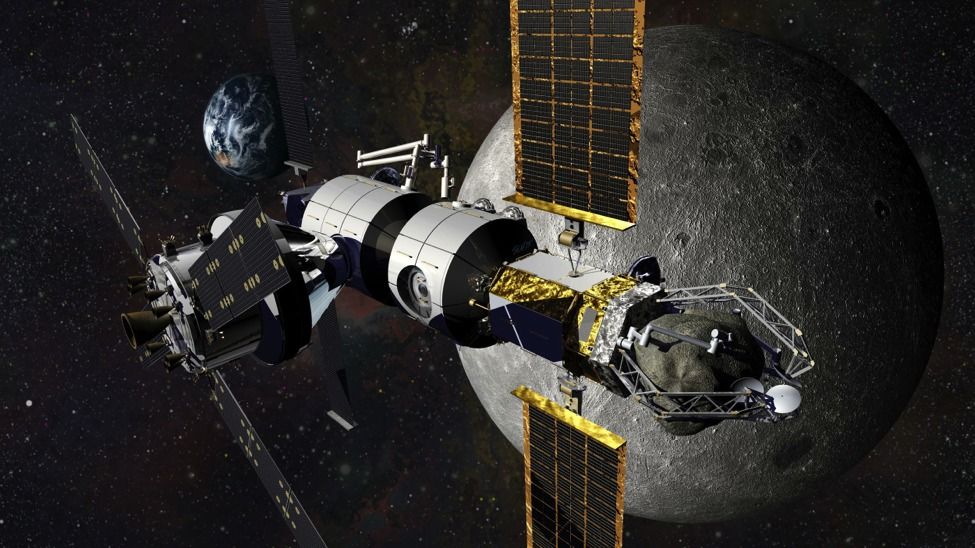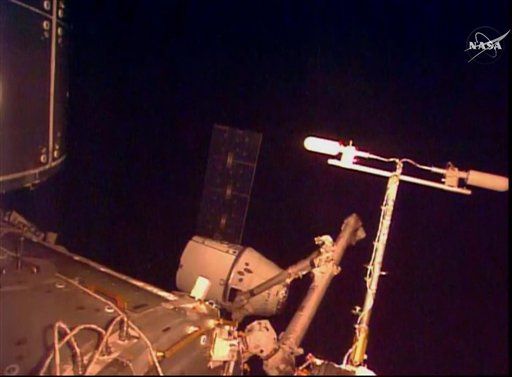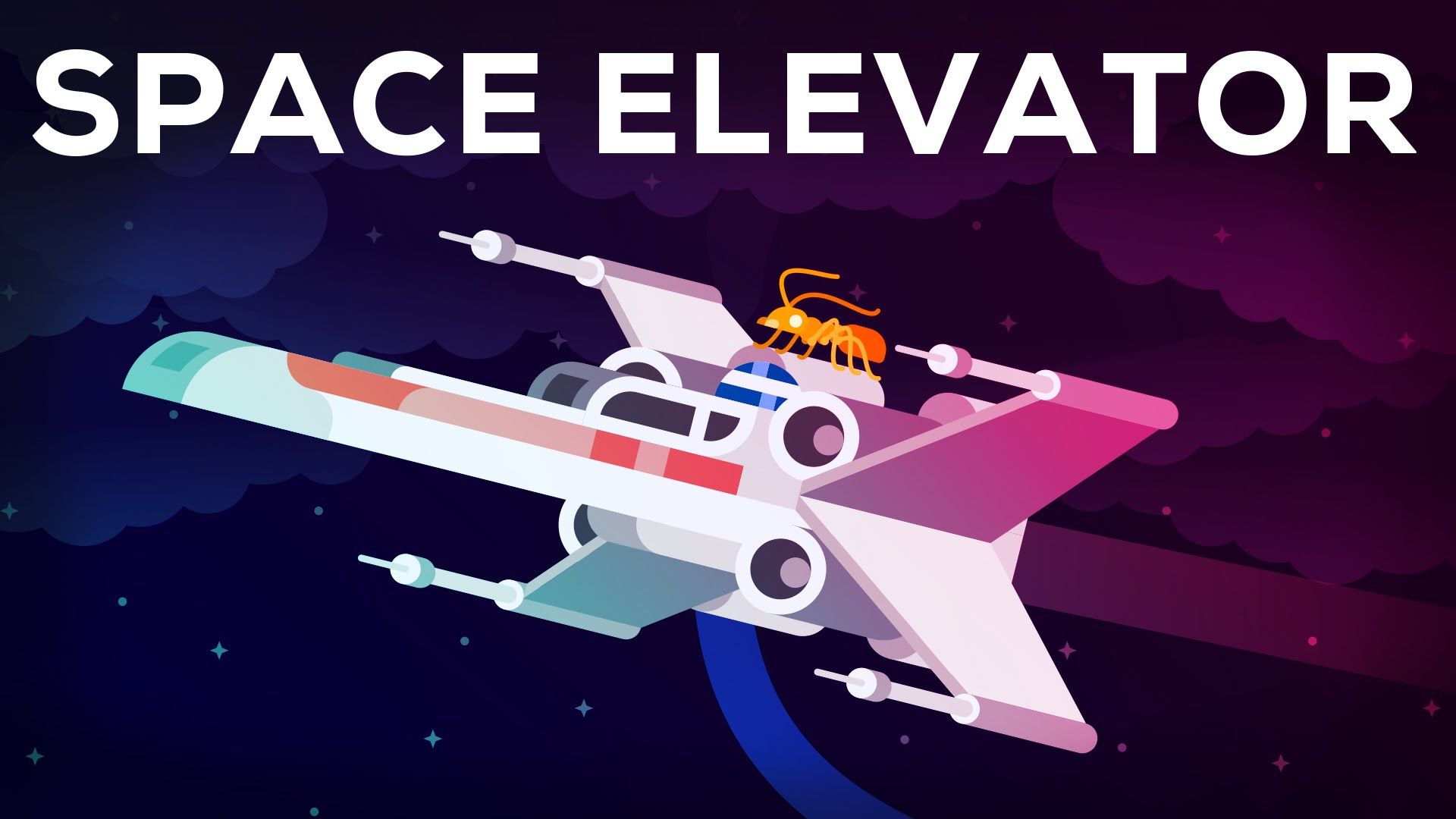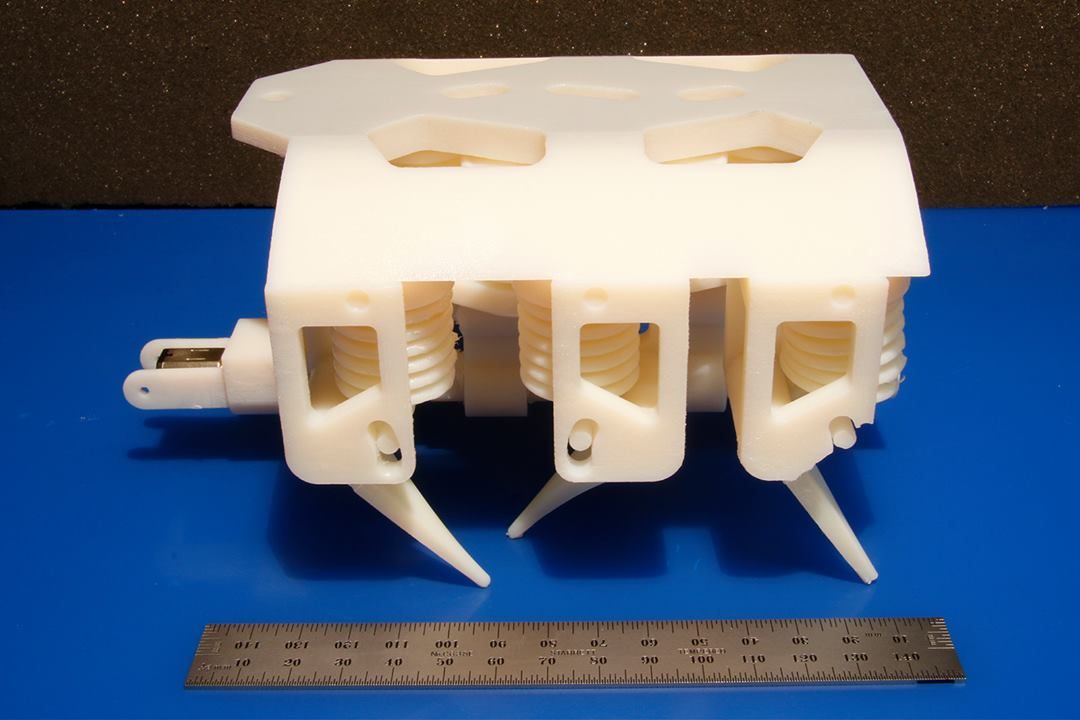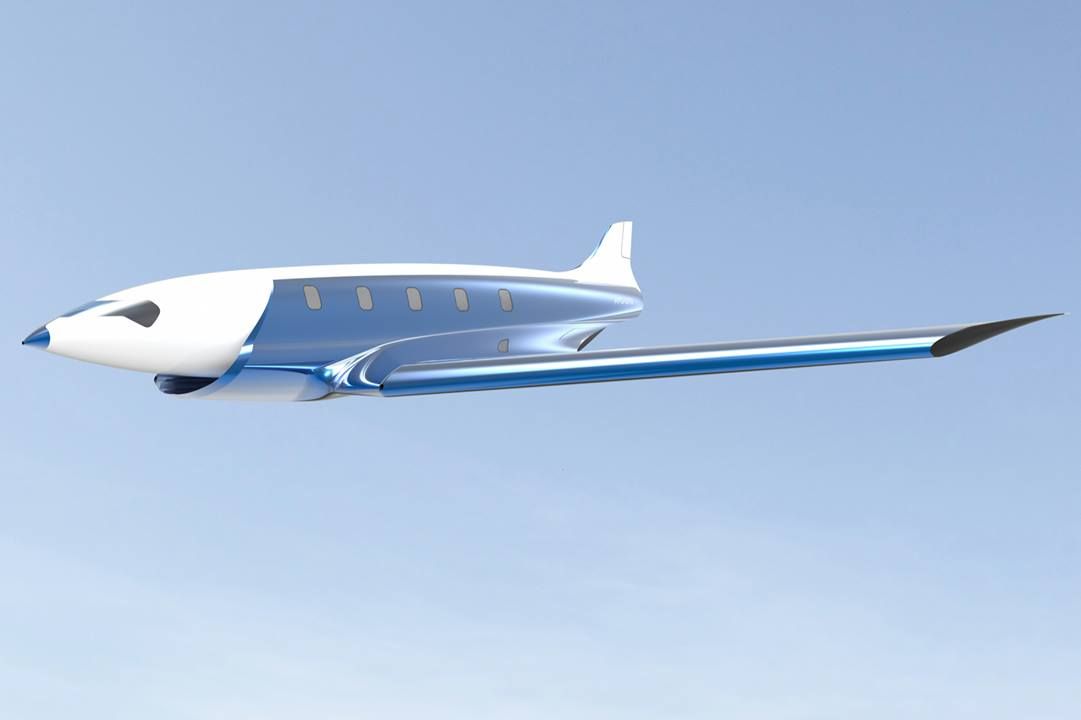Apr 10, 2016
Second digital revolution
Posted by Karen Hurst in categories: habitats, internet, neuroscience, quantum physics, robotics/AI, security
Many folks talk about the whole AI revolution; and indeed it does change some things and opens the door the for opportunities. However, has it truly changed the under lying technology? No; AI is still reliant on existing digital technology. The real tech revolution will come in the form of Quantum tech over the next 7 to 8 years; and it will change everything in our lives and industry. Quantum will change everything that we know about technology including devices, medical technologies, communications including the net, security, e-currency, etc. https://lnkd.in/bJnS37r
If you were born in the 1970s or 1980s, you probably remember the Jetsons family. The Jetsons are to the future what the Flintstones are to the past. That futuristic lifestyle vision goes back several decades; self-driving vehicles, robotic home helpers and so on. What looked like a cartoon series built on prolific imagination seems somewhat more real today. Newly developed technologies are becoming available and connecting everything to the internet. This is the-internet-of-things era.
These ‘things’ are not new. They are just standard devices – lights, garage doors, kitchen appliances, household appliances – equipped with a little intelligence. Intelligence that is possible thanks to three emerging technologies: sensors to collect information from surroundings; the ability to control something; and communication capability allowing devices to talk to each other.

